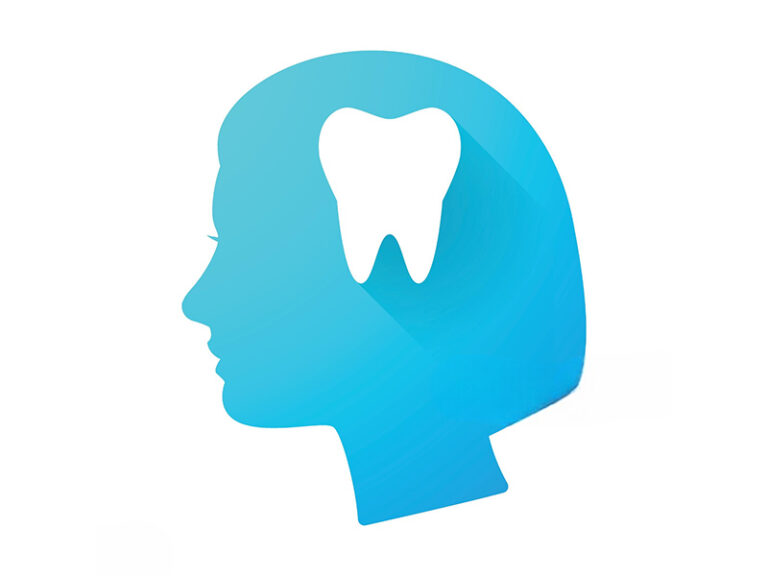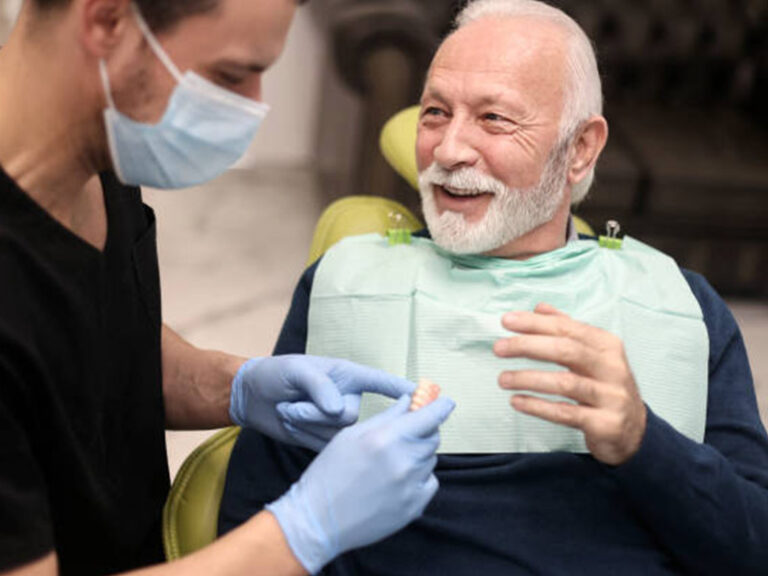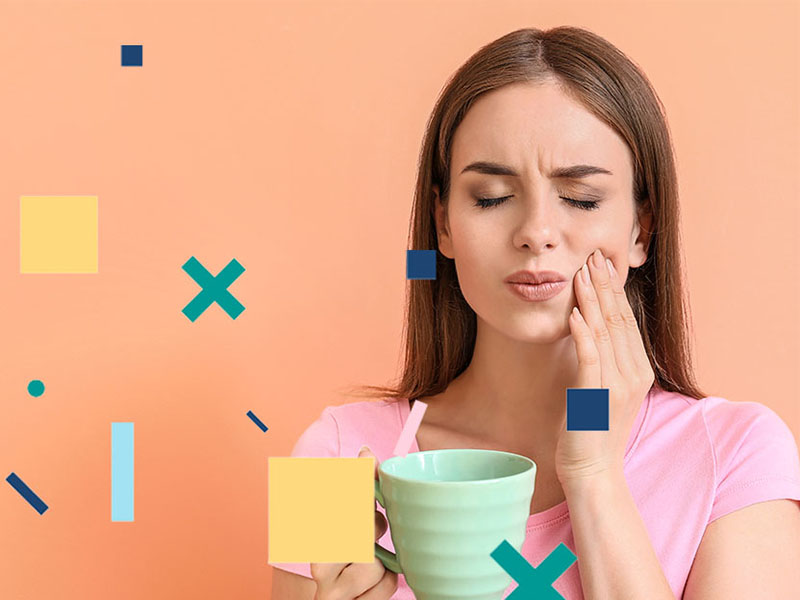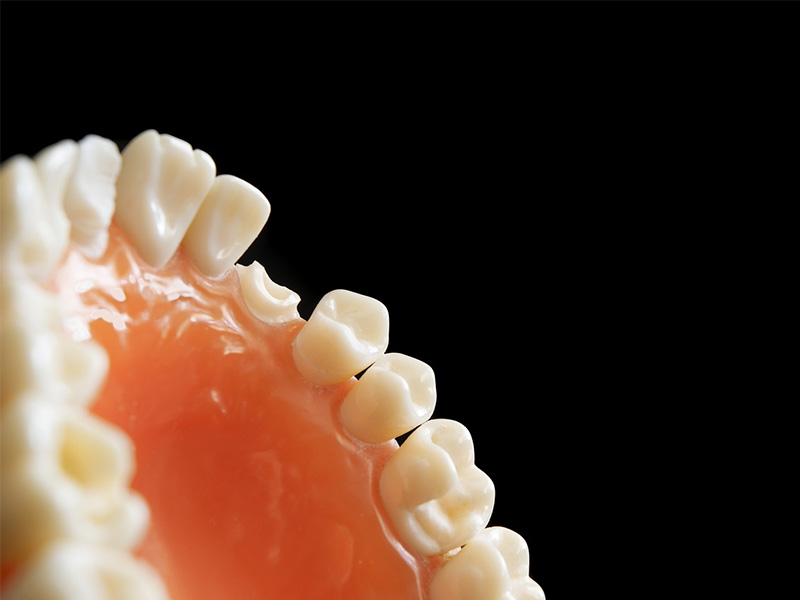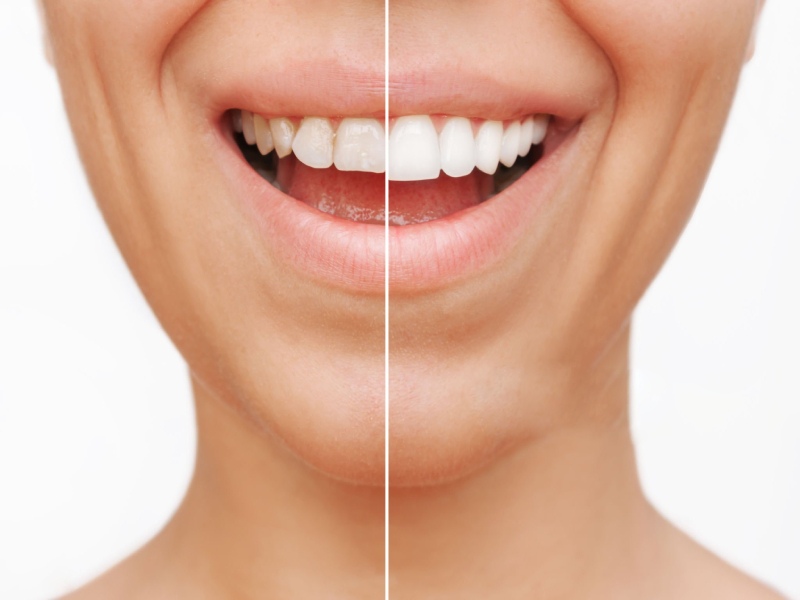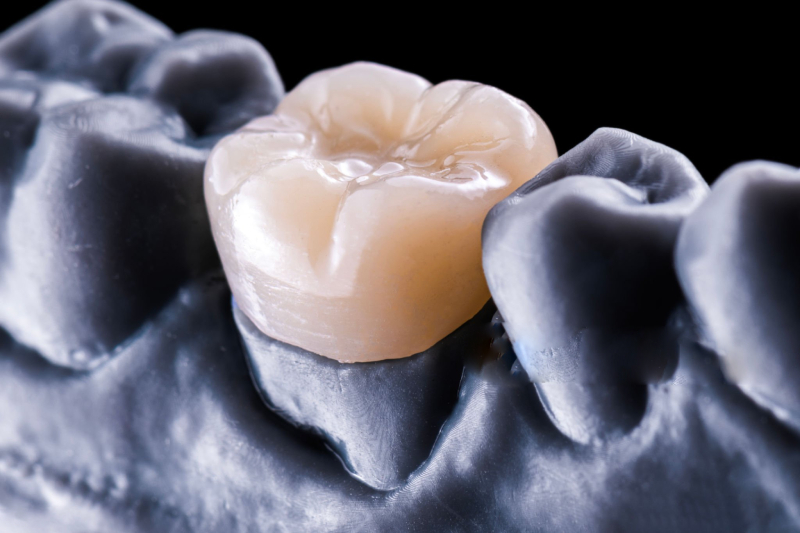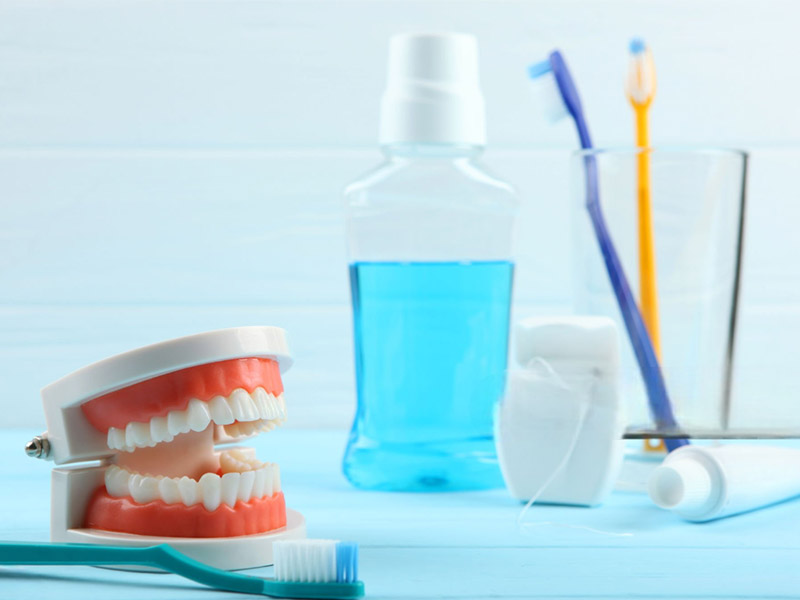
10 Evidence-Based Oral Hygiene Tips for Clean Teeth and a Healthy Smile
Want to keep your teeth sparkling clean and your smile bright for life? This article gives you easy, science-backed tips anyone can use. You’ll learn simple ways to stop tooth decay, keep your gums healthy, and have fresher breath—all with advice dentists trust anywhere. Whether you’re a parent, an adult, or a senior, these ten tips can help everyone in your family care for their teeth. The best part? They don’t take much time. Better oral health can start today—just keep reading!
Table of Contents
What Is Oral Hygiene, and Why Does It Matter?
Oral hygiene just means keeping your mouth, teeth, and gums clean and healthy. Why should you care? Think about the last time you smiled in a photo. A white, clean smile makes you feel good about yourself, and it helps people see you as healthy and confident, too.
When dental plaque (a sticky film of germs) builds up on your teeth, you can have problems. You might get cavities, also called tooth decay, or you may have bad breath (halitosis). If you skip daily care, gum disease (gingivitis or even periodontitis) can show up and make your gums bleed and hurt. Over time, not caring for your mouth can lead to lost teeth and even problems eating or speaking.
A simple daily oral care routine, with brushing, flossing, and healthy habits, helps everyone—kids, adults, and seniors—keep strong teeth and healthy gums for life.
How Does a Healthy Mouth Keep the Rest of You Healthy?
Lots of people don’t know that your mouth is kind of like a window into your body. If you have mouth problems, you can have problems somewhere else down the road, too.
Here’s the truth: People with gum disease are 2 to 3 times more likely to have heart attacks, strokes, or other really bad health problems (Harvard Health Publishing). Gum disease can also make diabetes harder to deal with. Even pregnant women have bigger risks if gum health is bad—poor dental care is linked to giving birth too early.
Bacteria in your mouth don’t stay there—they can get into your blood and travel around your body. That’s why dentists and doctors (like the American Dental Association, ADA, and the Centers for Disease Control and Prevention, CDC) warn us all: good mouth health helps your whole body.
What’s the Correct Way to Brush My Teeth?
Brushing wins when it comes to daily mouth care, but it’s easy to mess up. You might brush fast or too hard, thinking you’re doing what you should. But I’ll tell you, it’s how you brush that matters, not how hard. Brushing harder won’t get rid of more plaque—it can actually ruin your tooth coating and hurt your gums.
Try this:
- Pick a soft-bristled toothbrush. Hard bristles can scratch your gums and teeth.
- Hold the brush at about 45 degrees to your gum line.
- Brush twice a day for two minutes each time. Set a timer or play a quick song.
- Use gentle, little circles, not back-and-forth scrubbing.
- Brush everywhere: outside, inside, and the tops of all your teeth.
Don’t forget your tongue and the roof of your mouth—they can hold germs, too. When you’re done, rinse your brush off and leave it somewhere to dry.
Did you know? Most people keep their toothbrush too long. The Journal of Clinical Periodontology says you should get a new one every 3-4 months, or sooner if the bristles look worn out (Tip #9).
Why Is Flossing So Important?
You might brush super well but still have problems—if you don’t floss. Food and plaque love to hide between your teeth, where brushes can’t get to.
Only 30% of people in the U.S. floss each day, says the ADA. No wonder 47.2% of adults over age 30 have some gum disease (CDC). That’s way too high, don’t you think?
Floss once a day—here’s an easy way to do it:
- Take about 18 inches of floss.
- Wrap most around your fingers, with a couple inches to floss.
- Slide floss carefully between your teeth. Curve it like a “C” beside each tooth and slide it up and down, just under the gum a little.
- Use new clean bits as you go.
If flossing is tough, try dental picks, flossers, or a water flosser—they’re sometimes easier, especially for kids or older people.
Should I Worry About Which Toothpaste I Use?
Yep! Not all toothpaste is made equal. Pick a toothpaste the American Dental Association (ADA) marks as approved, one that stops cavities every time you brush.
The most important thing? Fluoride. Fluoride is a mineral that makes teeth stronger, helps fix early damage, and keeps cavities away. The CDC says that fluoride in water cuts down tooth decay by about 25% for kids and grown-ups.
Look for these on your toothpaste box or tube:
- Fluoride
- ADA Seal of Approval
- No strong scrub stuff if you have sensitive teeth
- No sugar
If you like natural toothpaste, great—just check it still has fluoride, unless your dentist says not to. And if your family needs more protection, ask about fluoride paint or dental sealants, especially for kids’ back teeth.
Is Cleaning My Tongue Really Necessary?
Yes! Lots of people forget about the tongue, but germs and food pieces love to stay there. If you skip this part, even if you brush well, you might still have bad breath.
It’s easy:
- Use your toothbrush or a tongue cleaner to gently brush your tongue from back to front.
- Do it every time you brush your teeth.
Getting rid of these extra germs helps you have fresh breath, a cleaner taste, and a tidier mouth. Plus, you’ll be less likely to have awkward smelly breath when chatting close to people!
Can Mouthwash Make a Difference?
Mouthwash isn’t something you have to use every single day, but it can help a lot. Think of it as your “backup player” on your oral health team.
- After brushing and flossing, use an antimicrobial or helpful mouthwash. Pick one with the ADA seal and not too much alcohol—too much dries your mouth out.
What does mouthwash do?
- Cuts back the germs that cause cavities and gum disease.
- Freshens your breath.
- Helps if you have early gum disease (gingivitis).
Remember: mouthwash doesn’t take the place of brushing and flossing. It’s extra help. If you have dry mouth (xerostomia) or tend to get lots of cavities, your dentist might pick a special kind for you.
What Foods Hurt or Help My Teeth?
You really are what you eat when it comes to your smile. Let’s talk about what’s bad first:
Foods That Cause Cavities
- Sweet drinks (soda, juice, sports drinks)
- Gummy candy and other sweets
- White bread and chips (they get stuck to teeth like candy)
- Sour foods and drinks (citrus, vinegar, energy drinks, red wine)
Sugar feeds the bad bugs (like Streptococcus mutans) in your mouth, making them spit out acids that hurt your teeth.
Foods That Help Your Teeth
- Crunchy fruits and veggies (apples, carrots, celery)
- Dairy (milk, cheese, yogurt) for calcium
- Nuts and lean meats for protein
- Water (the best drink of all!)
- Things with xylitol—a safe sweetener that actually stops cavities a bit
These foods help scrub your teeth, build tooth strength, and make you drool more—which washes away acids and food bits.
Tip: Chew sugar-free gum if you can’t brush after a snack or meal. It helps clean teeth and freshen breath.
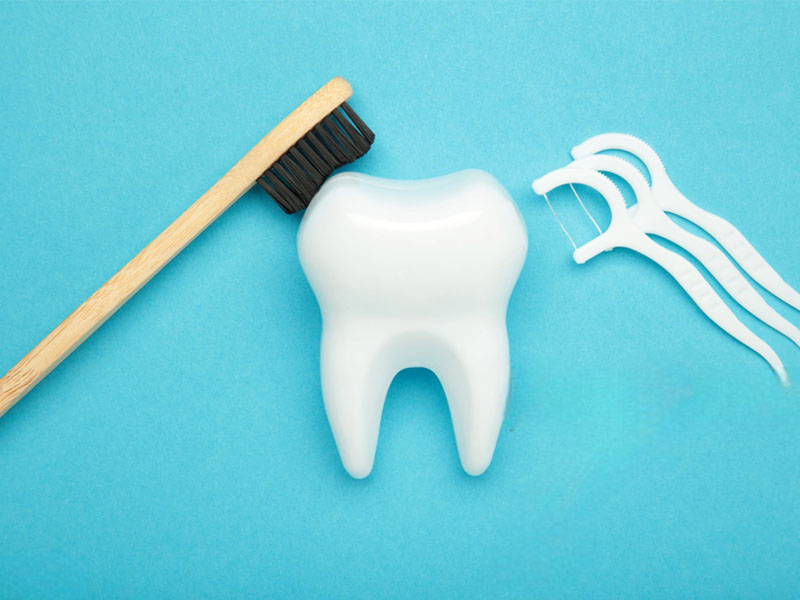
Why Is Water So Good for My Mouth?
Water could be the easiest and best thing for your smile. Here’s why:
- Drinking water washes away food, sugar, and acids staying on your teeth.
- Staying hydrated helps your body make enough spit—nature’s mouth cleaner.
- If you get dry mouth a lot, water helps calm it and protects your teeth. Spit also guards against tooth decay.
Replacing sweet drinks with just plain water is a simple switch with big rewards for your teeth. Plus, it’s cheaper and healthier for your whole body.
How Often Should I Switch My Toothbrush?
A question people ask a lot: how often should I get a new toothbrush or brush head? Studies say every 3-4 months, or sooner if bristles are worn out.
An old, bent-out-of-shape brush doesn’t clean as well. You may as well use a fork! Plus, old toothbrushes can have germs that spread in your mouth.
Keep some extras at home, especially if you get sick or if your brush falls on the floor. For electric brushes, swap heads just as often.
How Can Smoking and Chewing Tobacco Harm My Smile?
Let’s be honest: tobacco in any form is one of the worst things you can do for your mouth. Smoking or chewing tobacco boosts your odds for gum disease, lost teeth, and mouth cancer. It also stains teeth and gives you bad breath.
Quitting is hard, but the gains aren’t just for your lungs—they’re for your whole body, including your mouth. Chat with your doctor or dentist if you need help.
Even a few weeks tobacco-free and you might see less bleeding, less soreness, and better color in your gums. Your teeth can start looking whiter, and your breath freshens up, too.
When Should I Visit My Dentist, and Why?
Even the nicest brushing and flossing can’t do what a dentist can. Plaque gets hard and turns into tartar (calculus), and only a pro cleaning can get rid of it.
Most experts say see your dentist for a check-up and cleaning every six months. Some people—like those with gum or heart issues, diabetes, or pregnant women—may need to go more often.
Visits to your dentist help you:
- Scrape off tartar you can’t reach at home
- Check for mouth cancer
- Get fluoride if you need it
- Catch problems (like cavities or gum trouble) early—before they get big or expensive
If cost makes you worry, think about this: A regular cleaning might cost $75-$200, but a crown for a really bad tooth can be $800-$3,000 (Forbes Health/ADA). Catching stuff early always saves money!
What Warning Signs Should I Look For?
It’s smart to check your own mouth for changes. Call your dentist if you see:
- Toothache that won’t quit or sudden tooth pain to hot or cold
- Bleeding, swollen, or sore gums
- Bad breath that doesn’t go away after cleaning your mouth
- Loose adult teeth
- Sores, lumps, or red/white spots that don’t heal after two weeks
Getting help early is best. Don’t wait!
How Can I Make These Habits Stick?
Changing habits isn’t easy, but here’s how I keep myself on track—and how you can try, too:
- Put up a checklist by your bathroom mirror (for brushing, flossing, tongue scrubbing, mouthwash).
- Make a reward system—give kids gold stars or a treat for good habits.
- Set reminders in your phone for brushing and for dentist visits.
- Make it a family thing—everyone brushes and flosses together.
Sometimes I remind myself that taking a few minutes every day for my teeth saves hours (and big bills) at the dentist later.
Is Professional Help Worth It?
Yes! Even if you do everything right at home, only a dentist has the tools and know-how to spot problems and keep your mouth healthy.
My company, [Your Dental Clinic Name], has a team of well-trained dentists and dental hygienists. We use only ADA-approved products and up-to-date tools for cleanings, check-ups, and care. We can show you the best way to brush and floss, pick the right dental stuff, and help you set up dental care for your whole family.
Want to take care of your teeth for good? Book a cleaning or talk to us through our website. Let us help you keep your smile healthy for life!
FAQs: Your Oral Health Questions Answered
Q: Should I brush or floss first?
A: Either order works, but some studies show flossing first helps your brush do a better job.
Q: Are electric toothbrushes better than manual ones?
A: Both can work! Electric ones can help you brush longer. They’re good for people with braces or hand problems, too.
Q: What’s the best snack for my teeth?
A: Try crunchy fruit and veggies, cheese, or plain yogurt. These are good for your teeth and help fill you up.
Q: How can I whiten my teeth safely?
A: Ask your dentist for safe ways—they can help you get a brighter smile without hurting your teeth.
Summary: The Most Important Things to Remember
- Brush twice a day for two minutes with soft, fluoride toothpaste.
- Floss every day to clean where your brush can’t.
- Clean your tongue and use mouthwash for extra clean.
- Drink lots of water and eat foods that are good for teeth.
- Skip sugary drinks and all tobacco.
- Change your toothbrush every 3-4 months.
- Visit your dentist every six months for check-ups.
- Watch for signs like pain, bleeding, or sores in your mouth.
- Doing a few simple things every day keeps your teeth healthy, saves cash, and boosts your health.
- Ready for your best smile yet? Book a check-up or cleaning with us today.
References
| Stat/Data Point | Key Finding & What It Means | Source |
|---|---|---|
| Tooth Decay in Adults | 92% of adults (20-64) have had cavities | CDC/NIDCR |
| Gum Disease in Adults | 47.2% of adults (30+) have some gum disease | CDC |
| Flossing Habits | Only 30% of U.S. people floss every day | ADA |
| Toothbrush Replacement | Most people use brushes 3-4 months, sometimes more | Journal of Clinical Periodontology |
| Fluoride Works | Fluoride in water lowers decay by 25% | CDC |
| Oral Health & Body Health | Gum disease raises odds for heart issues 2-3x | Harvard Health Publishing |
| Cost of Waiting | Cleaning $75-$200; crown $800-$3,000 | Forbes Health / ADA Health Policy Institute |
See also: Dental Care Guide: Easy Tips for Families, Preventing Tooth Decay in Children, How to Manage Tooth Sensitivity, and Complete Oral Care for Adults and Seniors.
Your smile matters—take charge of it today!

